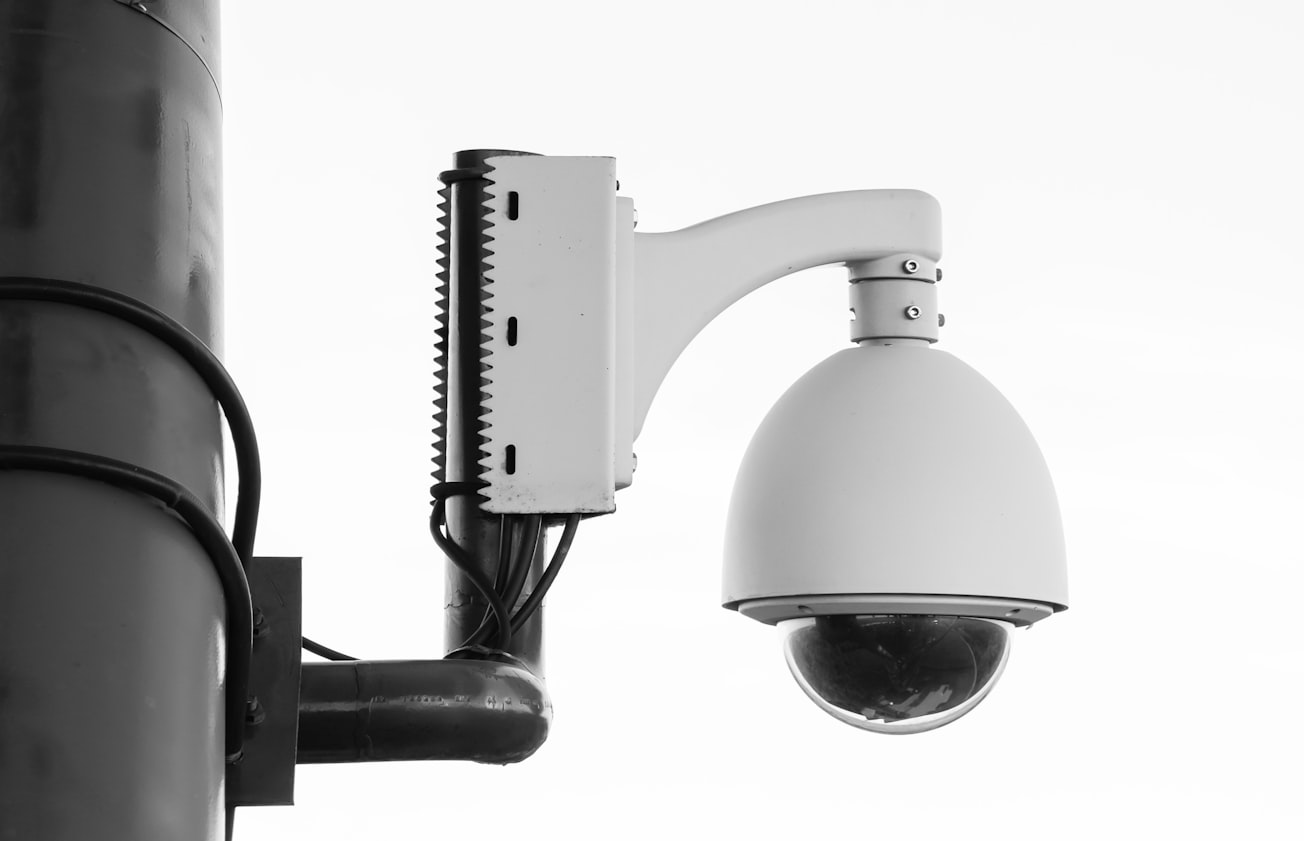What is it about?
Person re-identification (ReID) is a crucial task in identifying pedestrians of interest across multiple surveillance camera views. ReID methods in recent years have shown that using global features or part features of the pedestrian is extremely effective, but many models do not have further design models to make more reasonable use of global and part features. This research will take an in-depth examination of the above aspects.
Featured Image

Photo by Pawel Czerwinski on Unsplash
Why is it important?
Compared with pedestrian detection tasks, the research on person re-identification tasks is still immature. Still, scholars have focused on the person re-identification problem as early as 1996. Since the concept of person re-identification was first proposed at CVPR in 2006, related research has been emerging. The person re-identification task is another primary computer vision complex problem after the face recognition task.
Perspectives
A new model is proposed to use global features more rationally and extract more fine-grained part features. Specifically, our model captures global features by using a multi-scale attention global feature extraction module, and we design a new context-based adaptive part feature extraction module to consider continuity between different body parts of pedestrians. In addition, we have added additional enhancement modules to the model to enhance its performance. Experiments show that our model achieves competitive results on the Market1501, Dukemtmc-ReID, and MSMT17 datasets. The ablation experiments demonstrate the effectiveness of each module of our model.
Qingwei Tang
Anhui Jianzhu University
Read the Original
This page is a summary of: Person re-identification based on multi-scale global feature and weight-driven part feature, AI Communications, September 2022, IOS Press,
DOI: 10.3233/aic-210258.
You can read the full text:
Contributors
The following have contributed to this page










